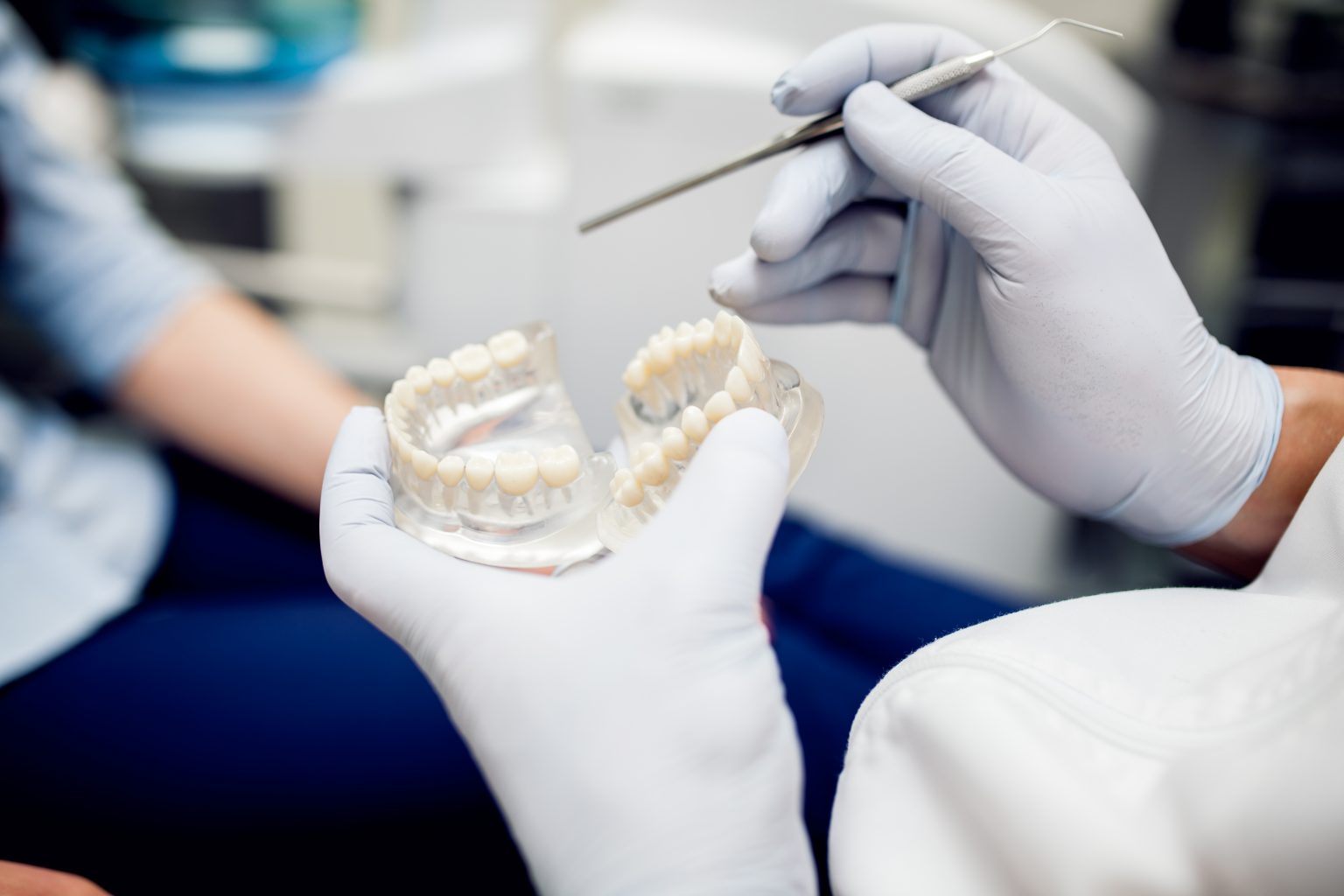Overview
A common obstacle that keeps many people from getting the appropriate dental care is dental phobia. Thankfully, people who are afraid or uncomfortable during dentist visits are increasingly choosing liquid oral sedation. Midazolam is among the most often used drugs for this purpose. The advantages of liquid oral sedation will be discussed in this article, with particular attention paid to Midazolam, its efficacy, and crucial details for patients thinking about this sedative alternative.
1. First, what is oral liquid sedation?
The term “liquid oral sedation” describes the use of liquid sedatives to help people unwind during dental operations. For individuals who want a more convenient sedation option or who have trouble swallowing tablets, this approach is perfect. Throughout their treatment, patients can stay awake but at ease thanks to liquid oral sedation.
2. Describe midazolam.
A common short-acting benzodiazepine for sedation for a variety of dental and medical procedures is midazolam. It is a well-liked option for people receiving dental procedures because of its great ability to lower anxiety and promote calm.
3. How Does Oral Sedation with Midazolam Work?
Midazolam operates on the central nervous system when given as liquid oral sedative, amplifying the calming effects of GABA, a natural brain neurotransmitter. Midazolam is usually used by patients 30 to 60 minutes prior to their dental treatment. Within minutes, the benefits typically start to manifest, resulting in a calm and less anxious condition.
4. What Advantages Does Midazolam Offer for Liquid Oral Sedation?
There are various advantages to using midazolam for dental sedation:
- Quick Onset: Midazolam’s effects start to take action right away, allowing patients to unwind before their dental procedure starts.
- Short Duration: Due to midazolam’s brief half-life, patients can recuperate rapidly from therapy and frequently resume their regular activities the same day.
- Effective Anxiety Reduction: Midazolam is well-regarded for its ability to alleviate anxiety, making it a reliable choice for patients who dread dental visits.
5. Does Midazolam Come with Any Risks or Side Effects?
When used by qualified specialists, midazolam is usually safe, although some patients may have adverse symptoms such nausea, dizziness, or drowsiness. For Midazolam to be used safely, patients must talk to their dentist about their medical history and any drugs they are currently taking.
6. Who Can Benefit from Midazolam Liquid Oral Sedation?
Many individuals can benefit from midazolam, particularly those who have moderate to severe dental anxiety. Patients having extensive or complicated dental operations may also benefit from it. However, people who are taking certain medications or have certain medical conditions, such respiratory problems, might not be able to use it. A thorough assessment by your dentist will determine if Midazolam is a suitable option for you.
7. How Can Patients Get Ready for Midazolam Liquid Oral Sedation?
For liquid oral sedation to go smoothly, preparation is crucial:
- Respect Pre-Appointment Instructions: Patients should abide by any rules that their dentist may have given them, such as not eating for a specific amount of time prior to the appointment.
- Make Transportation Arrangements: After treatment, you should have someone drive you home because Midazolam can affect your judgment and coordination.
- Talk about your concerns: Before the consultation, patients should feel free to talk to their dentist about any worries or inquiries.
In summary
For individuals looking to reduce their anxiety during dental operations, liquid oral sedation—especially when combined with Midazolam—offers a workable approach. Patients are better equipped to make decisions regarding their dental care when they are aware of the advantages and factors to be taken into account while choosing this sedation option. To find the ideal strategy for you, ask your dentist about the potential of liquid oral sedation with Midazolam if you want to have a more comfortable experience at your next dental appointment.

